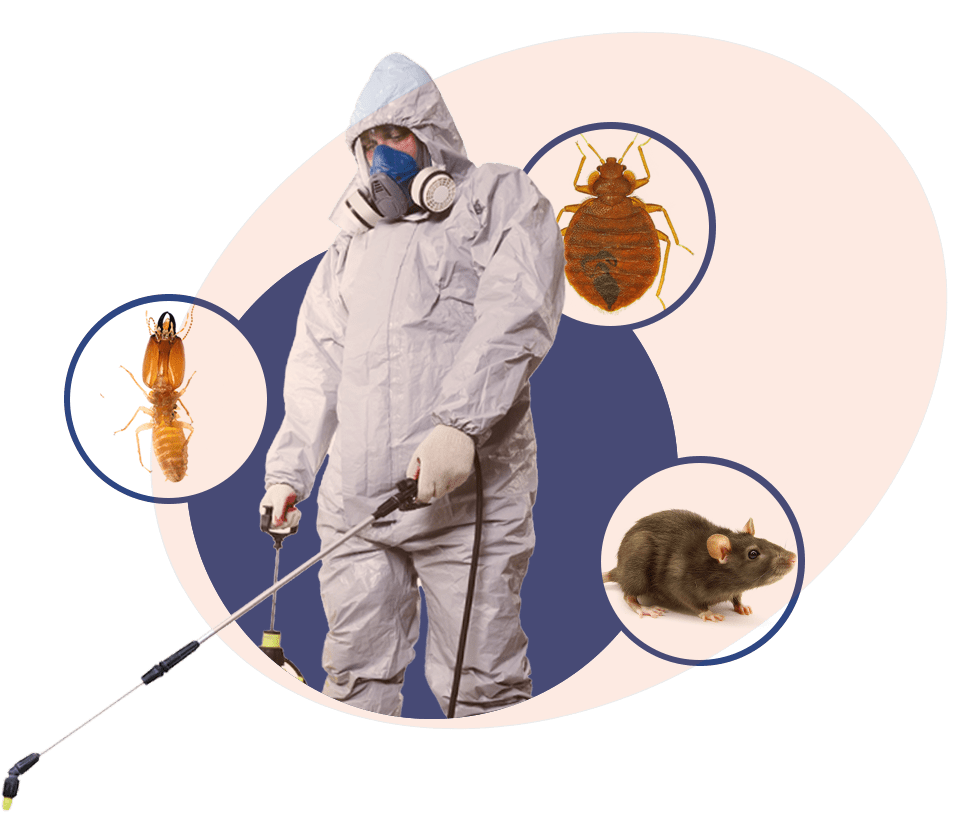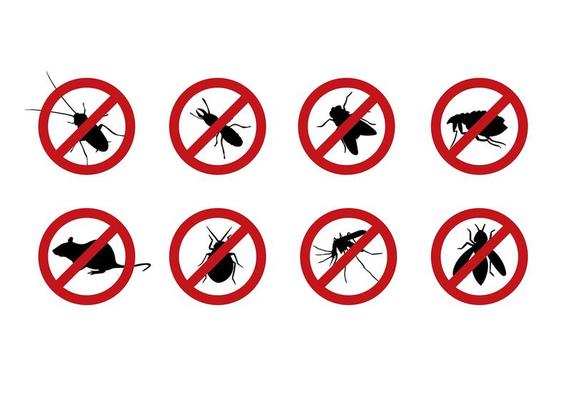Fast and Reliable Pest Removal Services with Pest Control Lockhart
Discovering Invasion and Treatment Methods in the World of Parasite Control
The landscape of bug control encompasses a myriad of obstacles, especially as problems of typical household bugs remain to progress. Understanding the actions and reproductive patterns of these nuisances is critical for establishing reliable treatment approaches. By integrating safety nets with sophisticated monitoring methods, such as Integrated Parasite Management (IPM), house owners can much better protect their settings. The effectiveness of these techniques might differ significantly based on certain conditions. What underlying elements add to the success or failing of these strategies in different settings?

Typical House Vermin
When it comes to handling our space, understanding common household insects is important. These bugs not only disrupt our comfort but can also position health risks and damage residential or commercial property. The most prevalent house parasites consist of ants, roaches, rodents, termites, and bed insects.
Ants, usually seen foraging in cooking areas, can pollute food and establish huge colonies. Rats, consisting of computer mice and rats, can trigger architectural damages and carry diseases like hantavirus and salmonella.
Identifying the indicators of these parasites, such as droppings, nests, or bite marks, is important for very early intervention (Pest Control Lockhart). Correct sanitation practices, securing entrance factors, and preserving a clutter-free setting are efficient preventative measures. By determining these usual family pests and comprehending their behaviors, house owners can take proactive steps to minimize infestations, making certain a healthier living atmosphere
Recognizing Insect Infestations
Bug infestations can intensify promptly, turning a minor aggravation into a considerable trouble otherwise dealt with immediately. Recognizing the nature of these infestations is vital for reliable management. Bugs can attack residential and commercial areas for different factors, consisting of the search for food, shelter, or breeding grounds. Typical aspects adding to problems consist of bad hygiene, architectural vulnerabilities, and seasonal changes that drive insects inside your home.
Identifying the type of pest is important, as different species show diverse actions and reproductive prices. Rats might develop nests in concealed areas while insects like roaches grow in wet atmospheres. Early detection usually pivots on identifying indications such as droppings, nibble marks, or unusual audios, which can suggest a problem prior to it comes to be serious.
Cozy, moist climates can assist in the rapid growth of bug populations, while modifications in landscaping or building and construction can inadvertently produce helpful environments. An educated strategy to understanding these dynamics lays the foundation for reliable pest management techniques in the future.
Therapy Approaches and Techniques
Effective treatment techniques and strategies are essential for mitigating insect invasions and recovering a secure setting. A multifaceted technique is frequently best, integrating chemical, organic, and mechanical methods customized to the particular bug and the severity of the infestation.
Chemical therapies consist of the usage of insecticides and herbicides, which can successfully eliminate pests. Proper application and adherence to safety guidelines are important to decrease threats to people and non-target organisms. Integrated Bug Monitoring (IPM) motivates find more information the judicious use of chemicals as a last resource, counting instead on tracking and limit degrees to figure out treatment needs.
Organic control methods involve introducing natural predators or bloodsuckers to decrease pest populations. This technique is increasingly prominent, particularly in farming settings, as it advertises ecological sustainability.
Mechanical methods, such as traps and barriers, give instant relief from pests without presenting chemicals. Alternatives consist of sticky catches for insects or physical barriers for rodents.
Inevitably, the option of treatment method ought to think about the specific bug, the environment, and potential effect on human health and wellness and ecosystems. A well balanced mix of these techniques can properly take care of invasions while promoting lasting insect control solutions.
Safety Nets for Homes
Proactively attending to parasite issues prior to they rise is vital for keeping a healthy home atmosphere (Pest Control Lockhart). Implementing efficient safety nets can dramatically reduce the possibility of invasions, eventually guarding both your residential property and health

Proper landscaping also plays an important function in prevention. Keeping hedges and trees cut away from your home minimizes the possibilities of bugs discovering their method indoors. Make sure that drain systems are functioning successfully to stop standing water, which can draw in mosquitoes and various other bugs.
Lastly, regular assessments are a good idea. Frequently looking for indicators of bug activity permits early treatment. By embracing these safety nets, house owners can create a setting that is less hospitable to bugs, thus boosting their general lifestyle and minimizing the need for considerable insect control treatments.
Industrial Parasite Control Techniques
A thorough technique to business insect control is crucial for services aiming to maintain a risk-free and hygienic environment. Effective methods entail a mix of normal assessments, staff member training, and the implementation of Integrated Parasite Monitoring (IPM) practices.
Normal evaluations enable early discovery of pest activity, enabling for prompt intervention. Organizations should establish a regular timetable for these analyses, concentrating on More about the author high-risk locations such as cooking areas, storeroom, and waste disposal sites. Worker training is just as crucial; personnel must be enlightened on the indicators of pest infestations and the significance of reporting them promptly.
Applying IPM techniques next page helps mitigate insect problems sustainably. This includes habitat adjustment, such as sealing entrance points and decreasing clutter, in addition to employing natural deterrents before resorting to chemical therapies.

Moreover, collaborating with a licensed pest control service provider guarantees access to expert knowledge and innovative therapy alternatives. This collaboration can cause personalized insect control plans customized to the details requirements of the service, lessening risks and enhancing total efficiency. Eventually, a proactive and informed strategy promotes a pest-free environment, safeguarding both public wellness and service credibility.
Conclusion
Finally, efficient insect control necessitates a thorough understanding of typical household parasites and their habits, coupled with targeted therapy techniques. Implementing safety nets along with treatment strategies such as Integrated Bug Management and organic control enhances the capacity to reduce problems. Regular examinations and a combination of chemical and mechanical remedies even more add to maintaining pest-free settings. Ultimately, a well-shaped method to pest monitoring is vital for guarding living spaces from undesirable burglars.